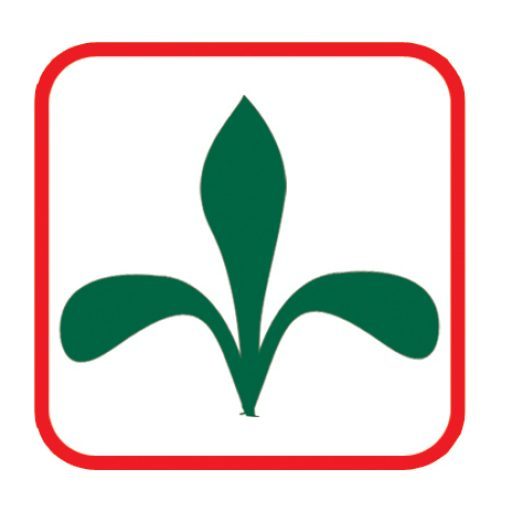Cupping refers to an ancient Chinese practice in which a cup is applied to the skin and the pressure in the cup is reduced (by using change in heat or by suctioning out air), so that the skin and superficial muscle layer is drawn into and held in the cup.
This treatment has some relation to certain massage techniques, such as the rapid skin pinching along the back that is an important aspect of tuina. Cupping is applied by acupuncturists to certain acupuncture points, as well as to regions of the body that are affected by pain (where the pain is deeper than the tissues to be pulled). Generally, the cup is left in place for about 10 minutes (typical range is 5–15 minutes).
The skin becomes reddened due to the congestion of blood flow. The cup is removed by pressing the skin along side it to allow some outside air to leak into it, thus equalizing the pressure and releasing it. In some cases, the cup may be moved while the suction of skin is active, causing a regional pulling of the skin and muscle (the technique is called gliding cupping).
The Benefits of Acupressure Cupping:
- Safe: The needles are punctured under skin while the cups are just sucked on skin. Avid any infection or injury by needles.
- Simple and Easy to use: Acupuncture needles use hand or electricity and need more experience or supplies while the cupping uses its negative pressure to stimulate acupoints and meridians and simple, easy to use.
- Cupping is mainly recommended for the treatment of pain, gastro-intestinal disorders, lung diseases (especially chronic cough and asthma), and paralysis, though it can be used for other disorders as well. This ability to ensure nerve responsiveness creates a natural enhanced and accelerated healing response in the body.
